-

- Sopto Home
-

- Special Topic
-

- Module Knowledge
-

- Fiber Optical Module Remove
Module Knowledge
- Tips for Buying 10G XFP Transceivers
- XFP Transceivers for Telecommunications
- Three Types of Ethernet SFP Transceiver Modules Introduction
- Info about High Density CXP Optical Module
- Multipurpose CFP Optical Modules
- Info about CFP Management Interface
- SFP+ Transceivers Short Range Module Overview
- 3 Reasons Every Network Needs GLC-LH-SM Transceiver
- Is the GLC-SX-MM Transceiver Right for Your Switch?
SOPTO Special Topic
Certificate



Guarantee
Except products belongs to Bargain Shop section, all products are warranted by SOPTO only to purchasers for resale or for use in business or original equipment manufacturer, against defects in workmanship or materials under normal use (consumables, normal tear and wear excluded) for one year after date of purchase from SOPTO, unless otherwise stated...
Return Policies
Defective products will be accepted for exchange, at our discretion, within 14 days from receipt. Buyer might be requested to return the defective products to SOPTO for verification or authorized service location, as SOPTO designated, shipping costs prepaid. .....
Applications
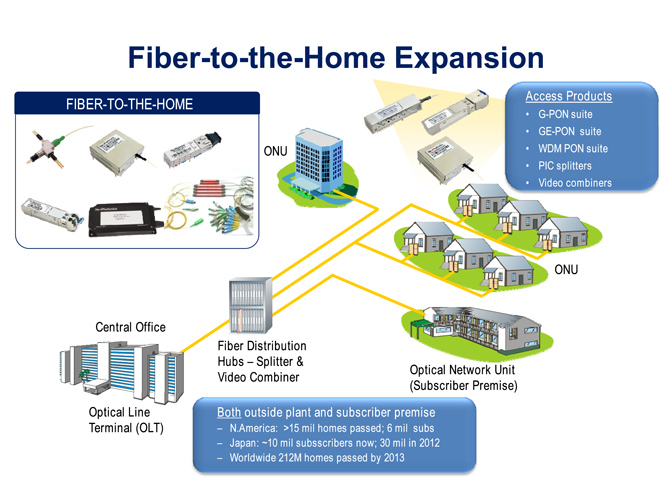 Fiber Optic Transceiver Modules can be applied to these occasions or fields.
Fiber Optic Transceiver Modules can be applied to these occasions or fields.
Ethernet
IPTV
FTTX
Security
Video Monitor
SDH/SONET
Data Communication
Storage Area Networks
SOPTO Products
- Fiber Optic Transceiver Module
- High Speed Cable
- Fiber Optical Cable
- Fiber Optical Patch Cords
- Splitter CWDM DWDM
- PON Solution
- FTTH Box ODF Closure
- PCI-E Network Card
- Network Cables
- Fiber Optical Adapter
- Fiber Optical Attenuator
- Fiber Media Converter
- PDH Multiplexers
- Protocol Converter
- Digital Video Multiplexer
- Fiber Optical Tools
- Compatible
Performance Feature
Stable
Low cost
Small size
Economic
Dust-proof
High speed
Hot-pluggable
Good EMI, EMC
Wide appliaction field
DDM function available
Long transmission distance
Good Anti-static performance
Module Knowledge
Recommended
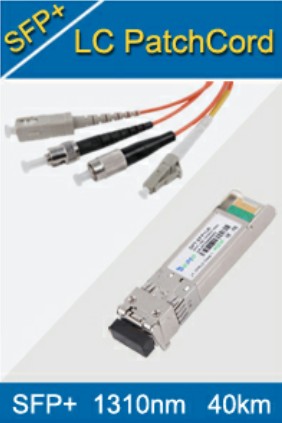
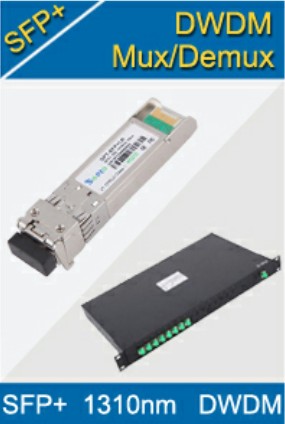
How to Remove a SFP Transceiver Module?
Complete these steps in order to remove the SFP transceiver:
- Attach an ESD-preventive wrist strap to your wrist and to the ESD ground connector or a bare metal surface on your chassis.
- Disconnect the network fiber-optic cable or network copper cable from the SFP Transceiver Module connector.
For optical SFP transceivers, immediately reinstall the dust plugs in the SFP transceiver optical bores and the fiber-optic cable LC connectors.
Tip: For reattachment of fiber-optic cables, note which connector plug is send (TX) and which is receive (RX).
- Release and remove the SFP Transceiver Module from the socket connector.
-
If the SFP transceiver has a Mylar tab latch, pull the tab gently in a slightly downward direction until the transceiver disengages from the socket connector, and then pull the SFP transceiver straight out. Do not twist or pull the Mylar tab because you could detach it from the SFP transceiver.
.jpg)
-
If the SFP transceiver has an Actuator button latch, gently press the actuator button on the front of the SFP transceiver until it clicks and the latch mechanism releases the SFP transceiver from the socket connector. Grasp the actuator button between your thumb and index finger, and carefully pull the SFP transceiver straight from the module slot.
.jpg)
-
If the SFP transceiver has a Bale-clasp latch, pull the bale out and down to eject the SFP transceiver from the socket connector. If the bale-clasp latch is obstructed and you cannot use your index finger to open it, use a small flat-blade screwdriver or another long narrow instrument to open the bale-clasp latch. Grasp the SFP transceiver between your thumb and index finger, and carefully remove it from the socket.
.jpg)
- Place the removed SFP transceiver in an antistatic bag or other protective environment.
You May Want to Know:
You May Like:
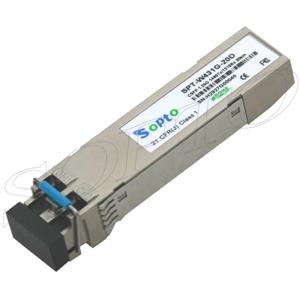 |
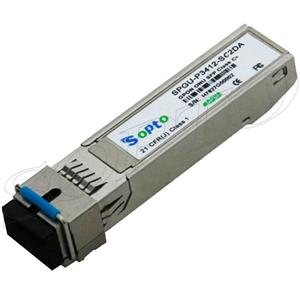 |
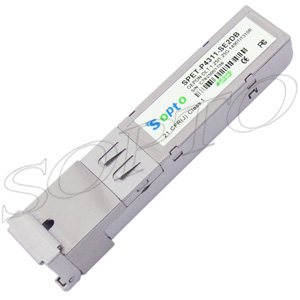 |
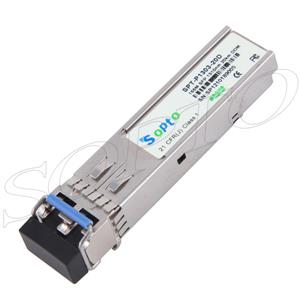 |
| 1.25G 1490/1310nm 20km CSFP transceiver | Class C+ 2.5/2.488G 1310/1490nm GPON SFP Transceiver Module | 1.25G 1490/1310nm GEPON DDM SFP Transceiver Module | 155M 1310nm 20km SM DDM SFP Optical Transceiver |





